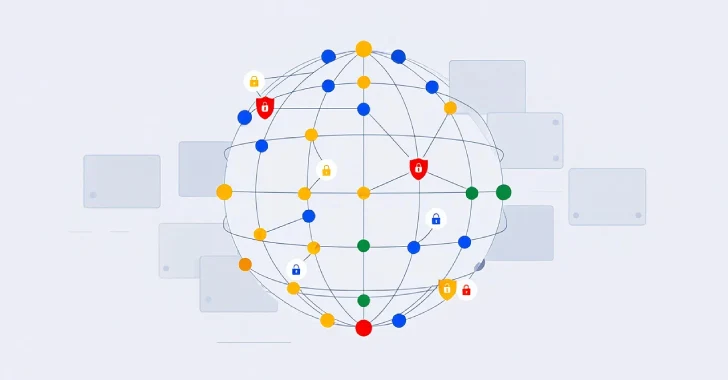Veeam Software and IBM have recently released critical security patches addressing severe vulnerabilities discovered within their widely deployed products, underscoring the continued importance of proactive cybersecurity measures. These patches address vulnerabilities that, if exploited, could potentially enable attackers to execute arbitrary code, gain unauthorized system access, and severely disrupt organizational operations.
In detail, Veeam’s widely used Backup & Replication solution faced a critical flaw identified as CVE-2025-23120, scoring a staggering 9.9 out of a possible 10 on the CVSS severity scale. This alarming vulnerability affects Veeam Backup & Replication version 12.3.0.310 and earlier versions, highlighting the urgency with which administrators must act. At its core, the issue is tied to improper deserialization handling, a vulnerability class often exploited by cyber attackers due to the complexity involved in securely managing serialized data streams.
This particular flaw allows authenticated domain users, who typically have limited privileges, to escalate their capabilities drastically, ultimately executing malicious code remotely on compromised backup systems. The exploit’s root cause stems from the inconsistent application of deserialization security checks. Although Veeam originally implemented blocklisting to restrict known risky objects during deserialization, researchers identified bypass scenarios using trusted, allowlisted classes. Specifically, the classes `Veeam.Backup.EsxManager.xmlFrameworkDs` and `Veeam.Backup.Core.BackupSummary` were exploitable, enabling attackers to craft malicious serialized payloads capable of bypassing existing safeguards. Veeam swiftly responded to this discovery by adding these known exploitable gadgets to their security blocklist in the latest software release, version 12.3.1 (build 12.3.1.1139).
Despite this rapid response, security researchers have emphasized the likelihood that similar deserialization exploits could surface in the future, given the inherent complexity of serialization mechanisms. Administrators are strongly encouraged not only to apply this immediate security update but also to closely monitor official communication from Veeam regarding further security recommendations or supplementary mitigation strategies. Organizations operating critical infrastructure or managing sensitive data must prioritize comprehensive system audits to detect and patch vulnerable deployments urgently.
Meanwhile, IBM has issued critical updates for two severe vulnerabilities within its AIX operating system, commonly deployed in enterprise-level data centers for mission-critical applications. IBM’s vulnerabilities, tracked as CVE-2024-56346 and CVE-2024-56347, underscore the persistent threats enterprises face from remote attackers aiming to compromise core business operations.
CVE-2024-56346, rated at a maximum severity level of 10.0 on the CVSS scale, involves inadequate access control within IBM’s Network Installation Management (NIM) master service (`nimesis`). Due to insufficient privilege checks, unauthenticated remote attackers could execute arbitrary commands on the NIM master, effectively granting them administrative control over affected AIX servers. Such breaches could expose sensitive data, disrupt services, and provide attackers a foothold for lateral movement throughout an enterprise network.
The second vulnerability, CVE-2024-56347, carries a similarly alarming CVSS score of 9.6 and resides within IBM’s NIM Shell (`nimsh`) service, specifically relating to flawed SSL/TLS certificate validation procedures. Malicious actors leveraging this flaw could compromise encrypted communication sessions, inject malicious commands remotely, and potentially gain complete control of the targeted system. Enterprises using IBM AIX versions 7.2 and 7.3 are highly susceptible to these critical vulnerabilities, necessitating immediate patch deployment.
IBM quickly addressed these critical issues by providing comprehensive patches for the affected AIX platforms. Alongside these patches, IBM emphasized additional security recommendations, including network segmentation to isolate sensitive services, vigilant monitoring of logs for signs of unusual activity, and stringent administrative control policies to reduce potential attack surfaces.
The discovery and subsequent rapid responses by Veeam and IBM to these critical vulnerabilities underscore a broader lesson for all organizations: the vital necessity of prompt and efficient patch management processes. Vulnerabilities, particularly those allowing remote code execution, remain a favored attack vector by cybercriminals because of their potential to provide extensive system access and control. Enterprises must develop and sustain proactive patch management strategies, ensuring rapid response to emerging threats and regular evaluation of system vulnerabilities.
Additionally, companies must foster robust security training and awareness programs. Ensuring IT teams remain fully informed of emerging security threats and mitigation practices greatly improves an organization’s overall defensive posture. Timely software updates and comprehensive vulnerability assessments should become integral parts of any enterprise cybersecurity strategy, along with regular penetration testing and adherence to best practices in system hardening.
In today’s digital landscape, cyber threats continue to evolve, becoming increasingly sophisticated. Enterprises utilizing software from trusted vendors like Veeam and IBM must acknowledge that vulnerabilities can still emerge despite rigorous security testing and software development standards. Prompt deployment of patches, combined with multi-layered security measures, is essential to reducing organizational risk and protecting critical assets from exploitation.
Organizations should treat the patches released by Veeam and IBM as high priority. Immediate implementation, coupled with vigilance for emerging vulnerabilities, ensures continued resilience against cyber threats, protecting critical infrastructure, sensitive data, and business continuity.



